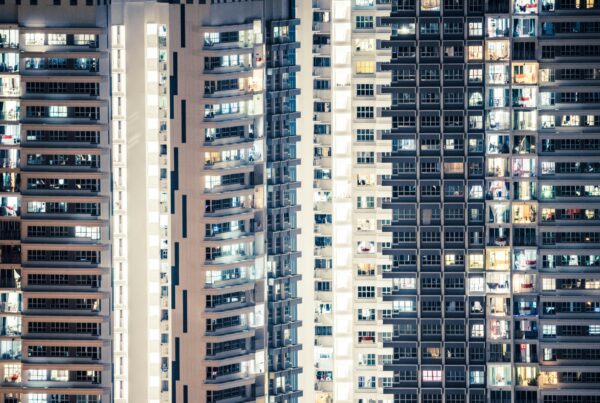We all know the difference between a good and bad host. Hypothetically, let’s say your next-door neighbors, Matt and Sally, invite you for dinner. They greet you at the front door and welcome you inside. They offer food and drink they’ve prepared in expectation of your arrival. The three of you enjoy each other’s company around the dinner table as you each share stories. You’d give them a 5-star review if that were socially acceptable to do after a dinner party, but you don’t because that would be weird, so you say “thank you” instead. The next day you’re invited to dinner at Mike and Sandra’s house across the street because you’ve become quite the social butterfly these days. When you knock on the door, they yell, “it’s unlocked,” but are too busy arguing with each other to acknowledge your presence as you awkwardly waddle through the front entryway. Mike storms out while Sandra sits on her phone silently. You gingerly approach. Sandra glances up from her phone to say, “I have no idea what we have to eat, but if it’s not moldy, go for it.” Then she excuses herself to make a passive-aggressive phone call in the other room. You’re left alone in their messy kitchen with molded raspberries and expired milk. Zero stars.
Apartment website design is the digital front door to your community and should eagerly welcome prospects home instead of sending them packing. You might say, “duh,” but if that’s the case, why is it easy to identify characteristics of a good host but hard to identify characteristics of a good apartment website?
 How to structure a website for apartments
How to structure a website for apartments
Think about the flow a host or hostess goes through. The experience is branded with socially acceptable hospitality and follows a logical course. First, they greet you to confirm that you are, in fact, at the right house. (Because an accidental home invasion would be awkward). Then they typically ask what you’d like to drink and provide you with a drink based on your request and their availability of choices from the fridge.
In the same way, a website ensures users are in the right place and provides accurate pricing and availability based on the user’s filtered floor plan request. Of course, this is an oversimplification, but the power of a logical flow can’t be overstated. So how do you structure your website to provide prospects with streamlined information while inviting them into your digital presence? The answer is visual hierarchy.
What is visual hierarchy web design?
Great question! Visual hierarchy web design encourages the eye to engage and interact with the design elements on your page in the order of importance. Best apartment website design knows how to structure a web layout using design elements to guide your prospects on a scripted customer journey. Therefore, the layout of your visuals should logically and strategically influence users’ perceptions and actions. How does this work? Well, here are some examples.
- Scale: Ensure the essential information stands out by making it the most prominent element on the page. Use a pop-up to display your current leasing special and grab website visitors’ undivided attention.
- Color: A color contrast can make a specific design element stand out. For example, a colored CTA button or call-to-action button next to a floor plan that says “virtual tour” will draw the user’s attention. Prospects will be more likely to engage with the virtual tour, which is the action you want your prospect to take as part of the customer journey.
- Perspective: It’s all about perspective. Create depth of field and added dimension to your web page with visual illusions. Slightly blur your hero image to make the hero image look farther to the user and the hero text closer.
- Space: Structure a website with intentional space to create the context for your visual storytelling. If you put the unit price directly beneath the floor plan image, that proximity will tell the viewer that the price is associated with that specific floor plan.
- Balance and symmetry: The power of balance and symmetry allows website viewers to digest, process and associate information efficiently. Let’s say you have two galleries of images on your amenities page, one for apartment amenities such as countertops and one for community amenities like a dog park. Balancing those two galleries next to each other and labeling one “apartment amenities” and the other “community amenities.” makes it easier for users to digest your apartment’s value visually. And understood value = a signed lease!
Apartment website builders
Owners and operators should be empowered to manage their own property websites without experience or training required. As we always say here at Quext, “it’s web design, not rocket science.” So, if you want to simplify property web management with a centralized interface for your entire portfolio, click here to learn more about our state-of-the-art-apartment website builder, Quext Websites.


